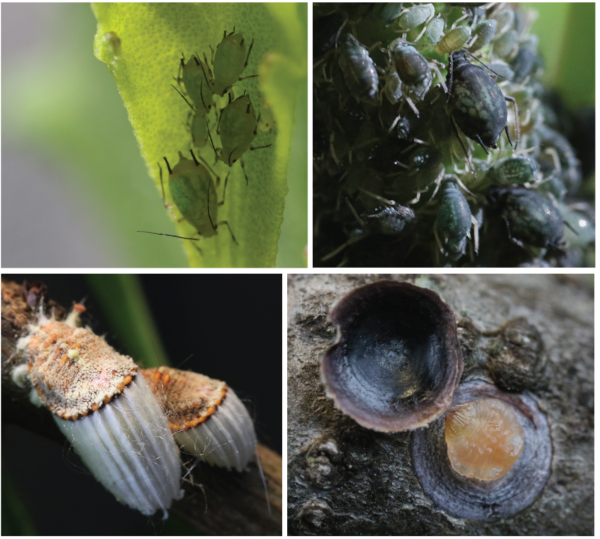Research
Our best guess is that about one third of all multicellular species are insects that eat plants. It’s only a guess because most species are undocumented. They eat our crops, disturb our natural areas, and spread plant diseases. But they also play essential roles in the ecosystems that provide us with valuable services, such as controlling weeds and feeding birds. Most herbivorous insect species are diet specialists, that is, they eat only one or a few similar plant species. But in every plant-eating insect community, there are a few species that eat more, and some of these can have extremely broad diets.

Our research addresses four major questions about plant-eating insect biodiversity:
- What insect species eat plants?
- Why are there so many of them?
- Why are so many of them so picky about what they eat?
- How can we apply biodiversity science theory to address problems in agriculture and conservation related to herbivorous insects and other plant parasites?
We address the first question by working on the systematics of sap-sucking bugs, in particular aphids and scale insects (Hemiptera: Sternorrnyncha: Aphidomorpha). We find and describe species, estimate phylogenetic relationships among species, and make tools to manage information about species. The other questions we primarily address with modeling and comparative approaches.
